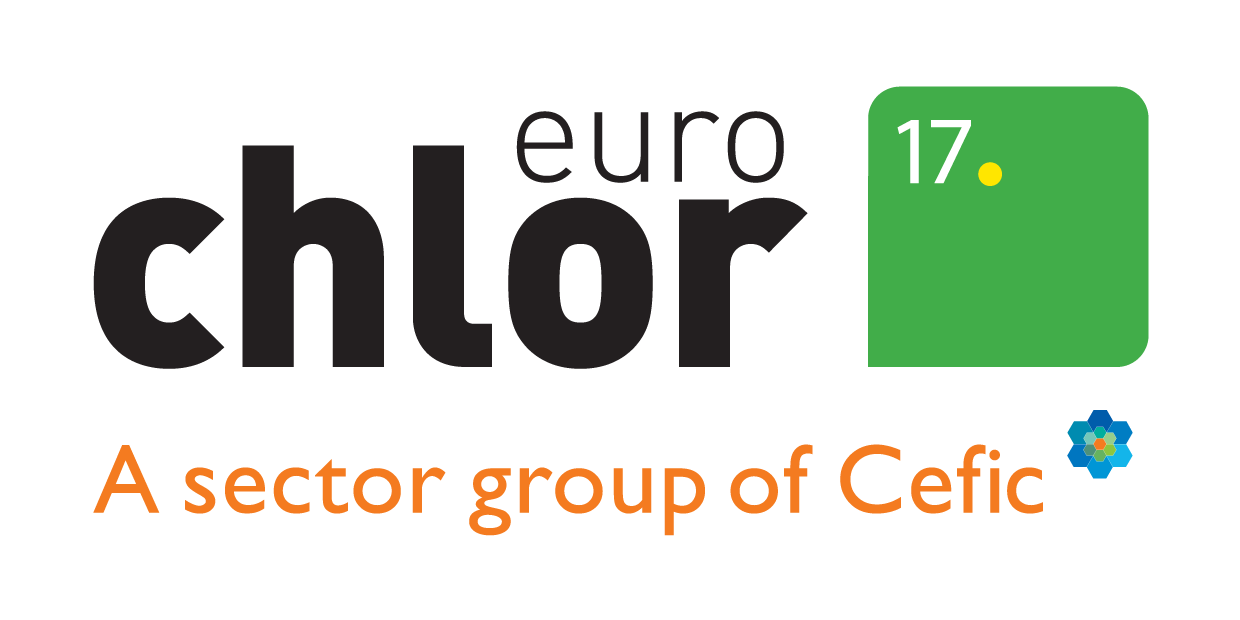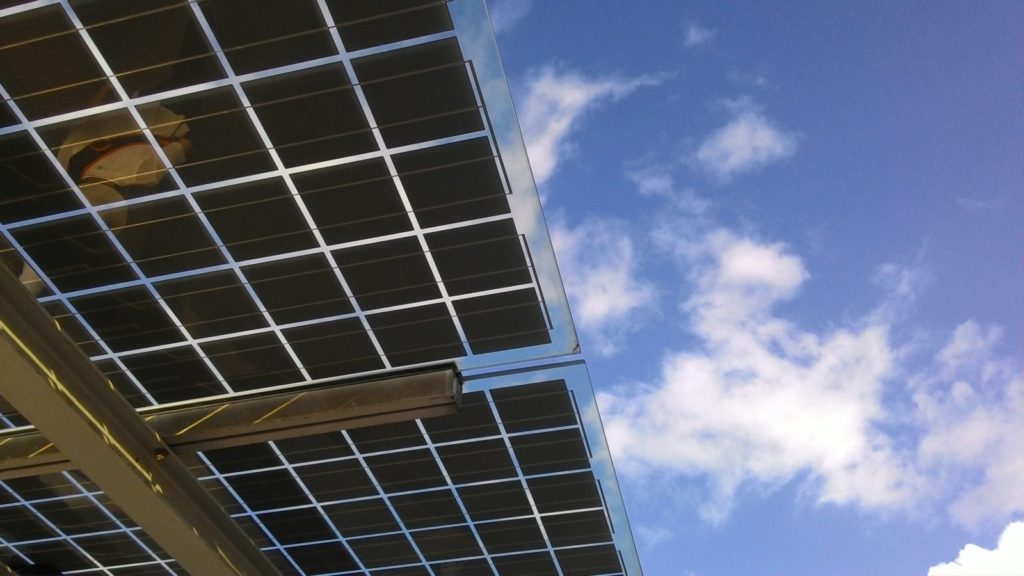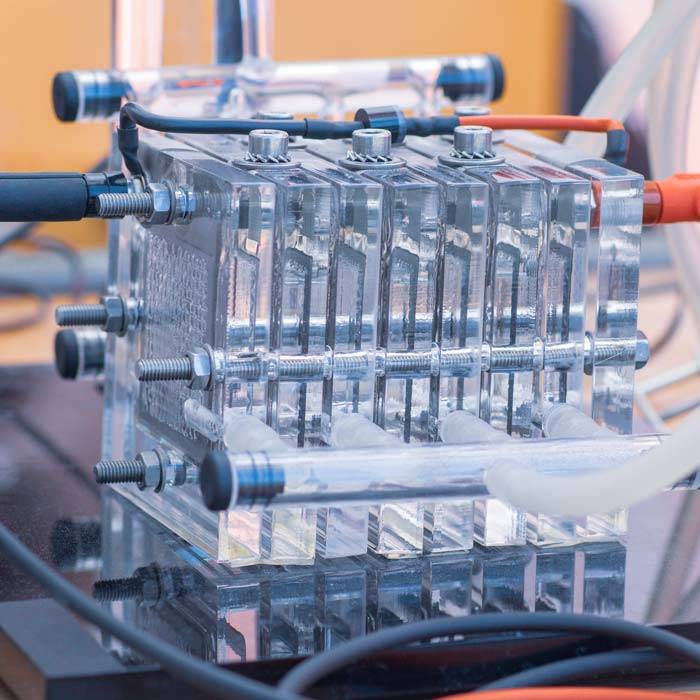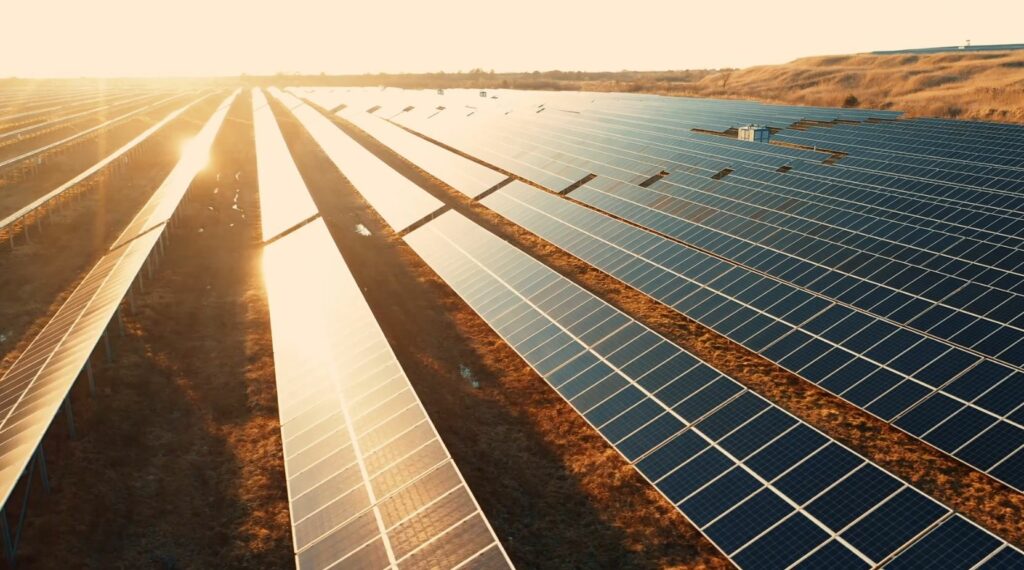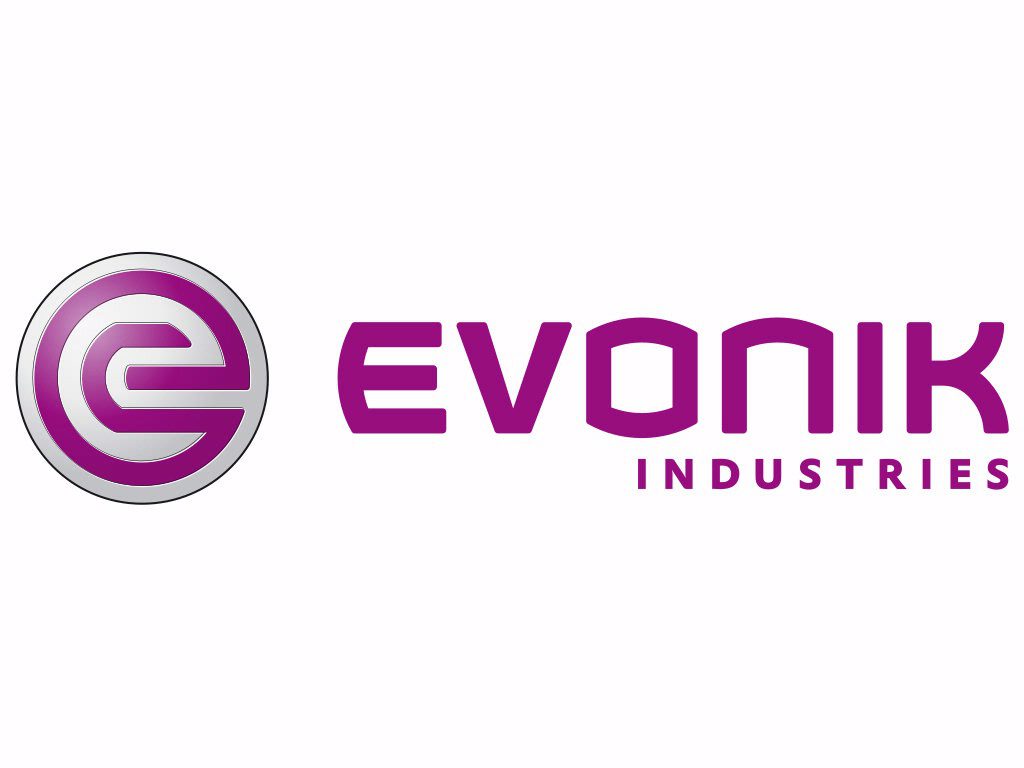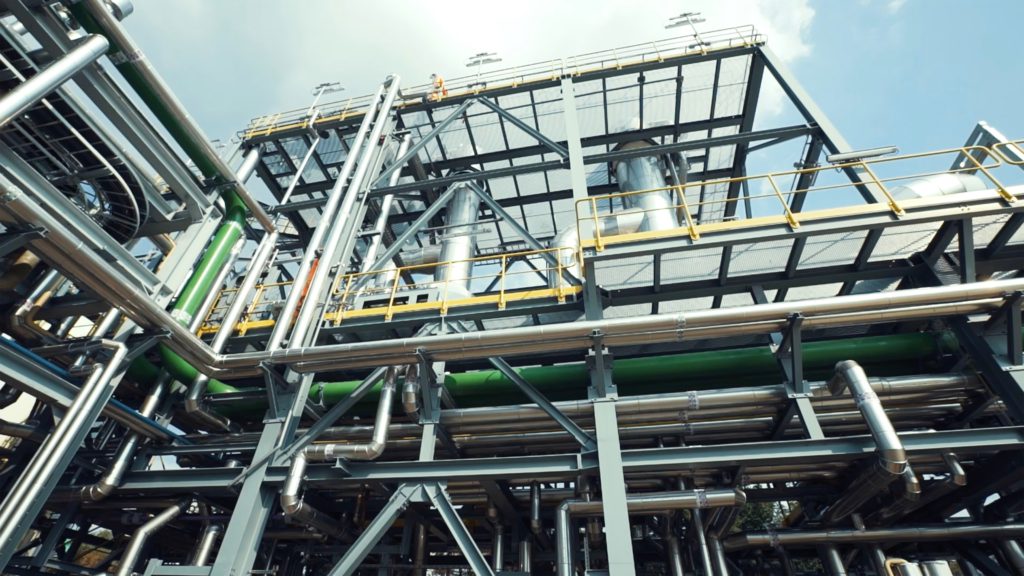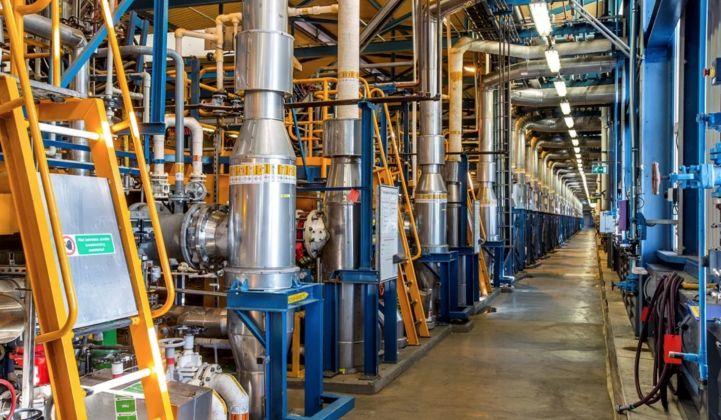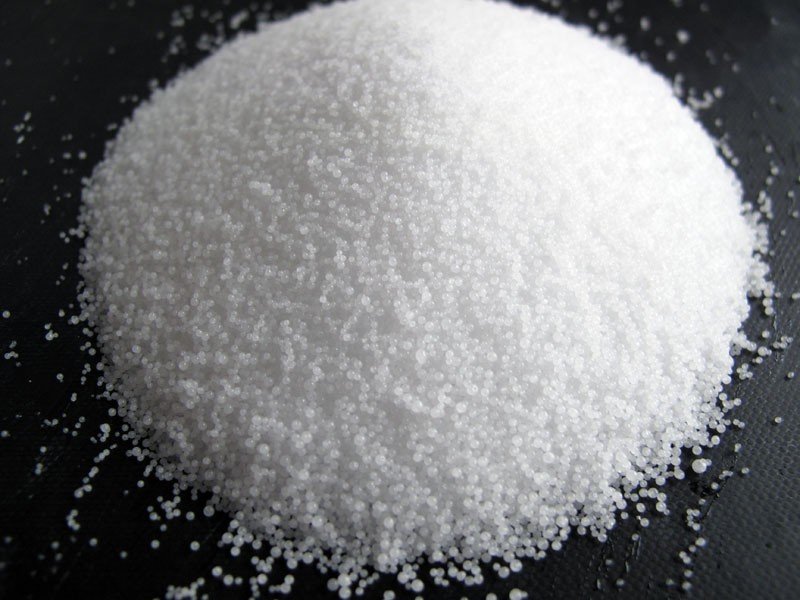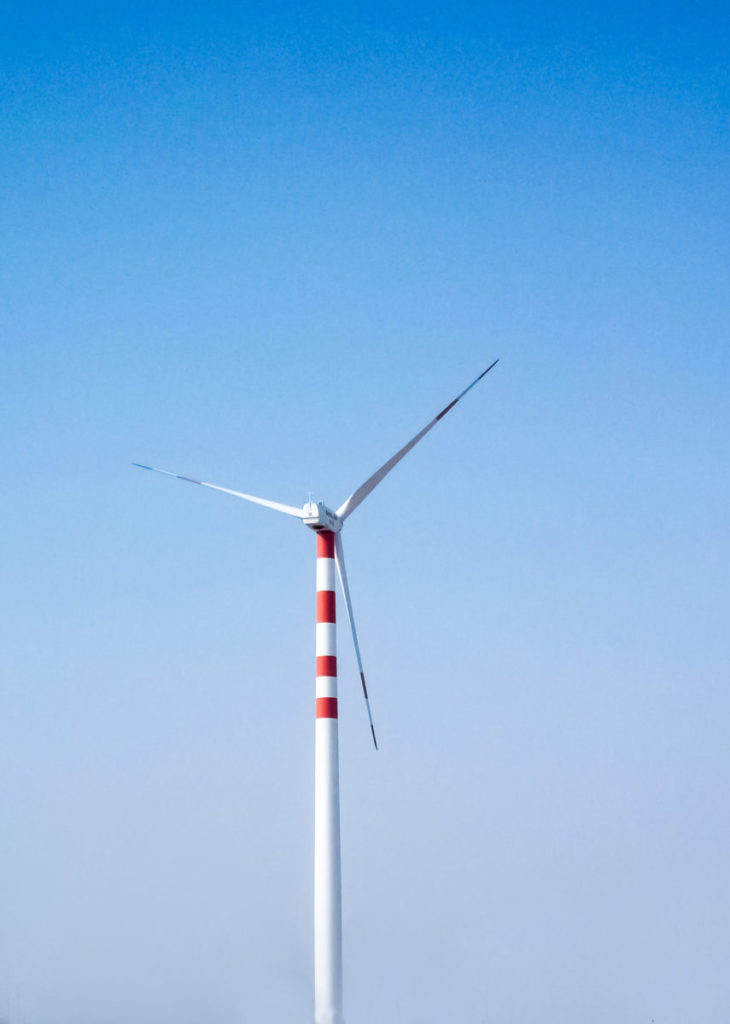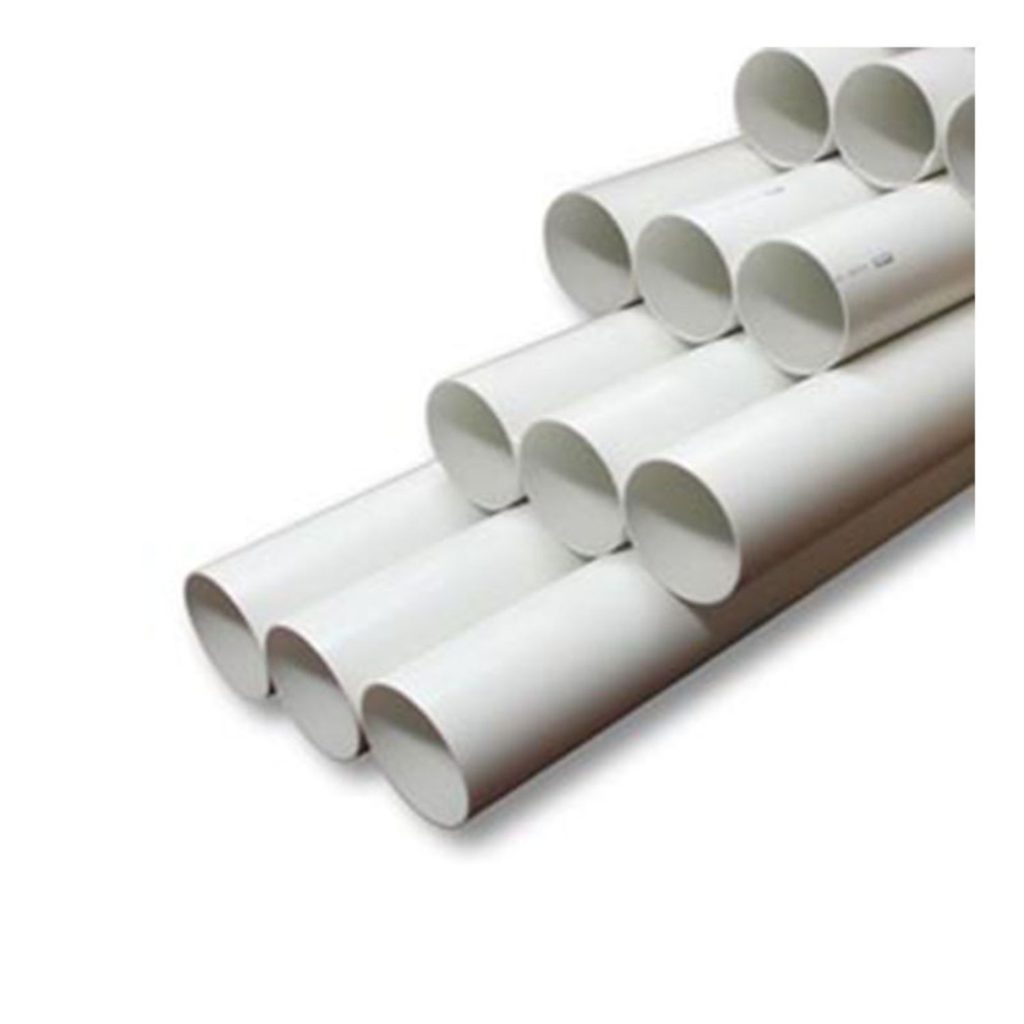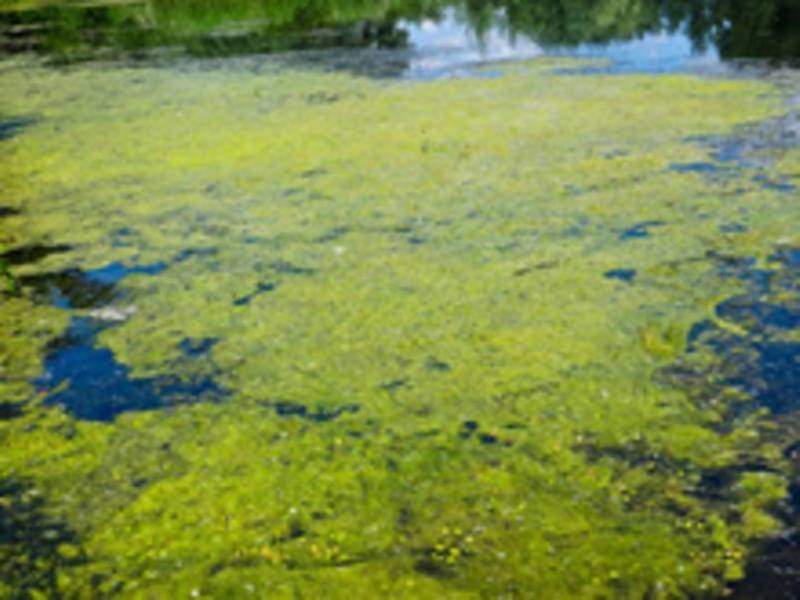Energy
Chlor-alkali chemistry is essential in the production and efficient use of energy.
Wind turbine blades help convert wind into energy. Made from layers of polyester, the blades are light and flexible, yet strong enough to withstand extremely high winds – especially in offshore wind farms where winds are stronger than onshore meaning layers of polyester are used. These layers are held together by epichlorohydrin (EPI), an extremely versatile resin derived from chlorine.
Alternatively, the blades can be made from polyurethane, another important chlor-alkali material which, when it is made into a foam also helps insulate our homes and make them more energy efficient. Buildings account for 40% of the European Union’s energy usage. Insulating materials such as polyurethane, produced with the help of chlorine compounds, are a key factor in reducing energy waste.
Another key renewable energy technology is solar. In a solar cell, energy is absorbed from sunlight (or other light sources) causing electrons to be knocked loose from silicon atoms. The electrons flow through the material, generating electricity. However, highly purified silicon is needed which is purified using hydrochloric acid at 300°C.
Chlor-alkali also helps energise our planet by:
- Purifying the chemicals used in hybrid-car batteries,
- Making casings to safely contain nuclear fuel rods,
- Potassium hydroxide is important in fuel cells and batteries as it helps to conduct the electricity,
- Forming hydrochloric acid to clean up hydraulic fracturing (‘fracking’) wells during the collection of shale gas,
- Energy-saving LED light bulbs are made using caustic soda-treated metals.
Learn more about how chlor-alkali helps us efficiently make and use energy in this video. Energy is a key topic to our industry. Discover more here. Or meet, Alain the Energy Expert who relies on chlor-alkali chemistry to power Europe
